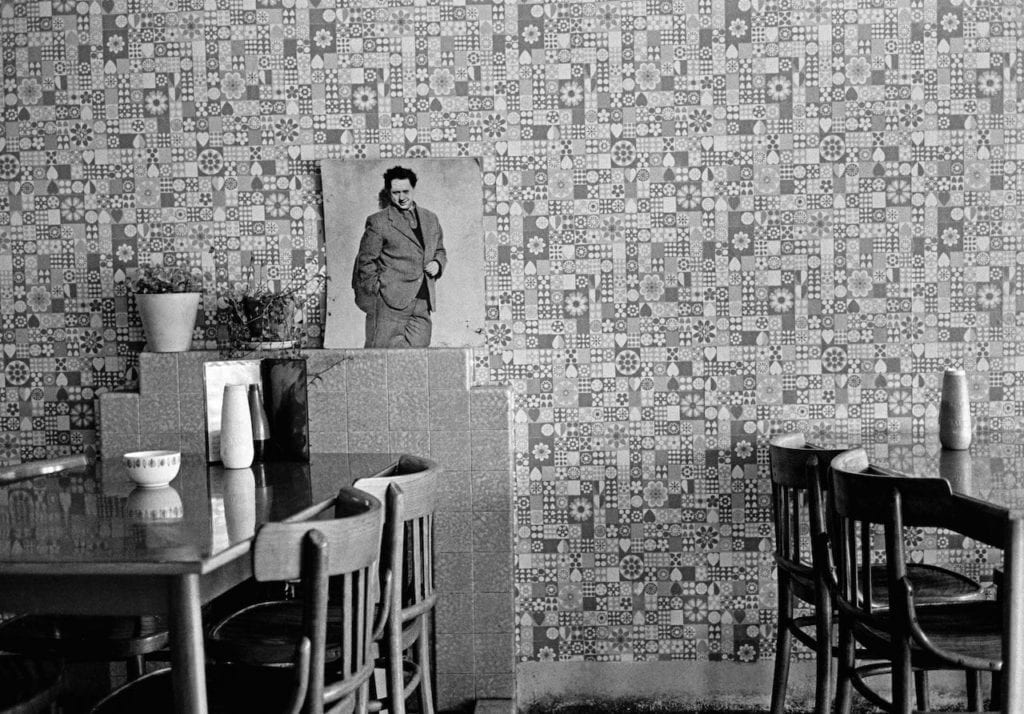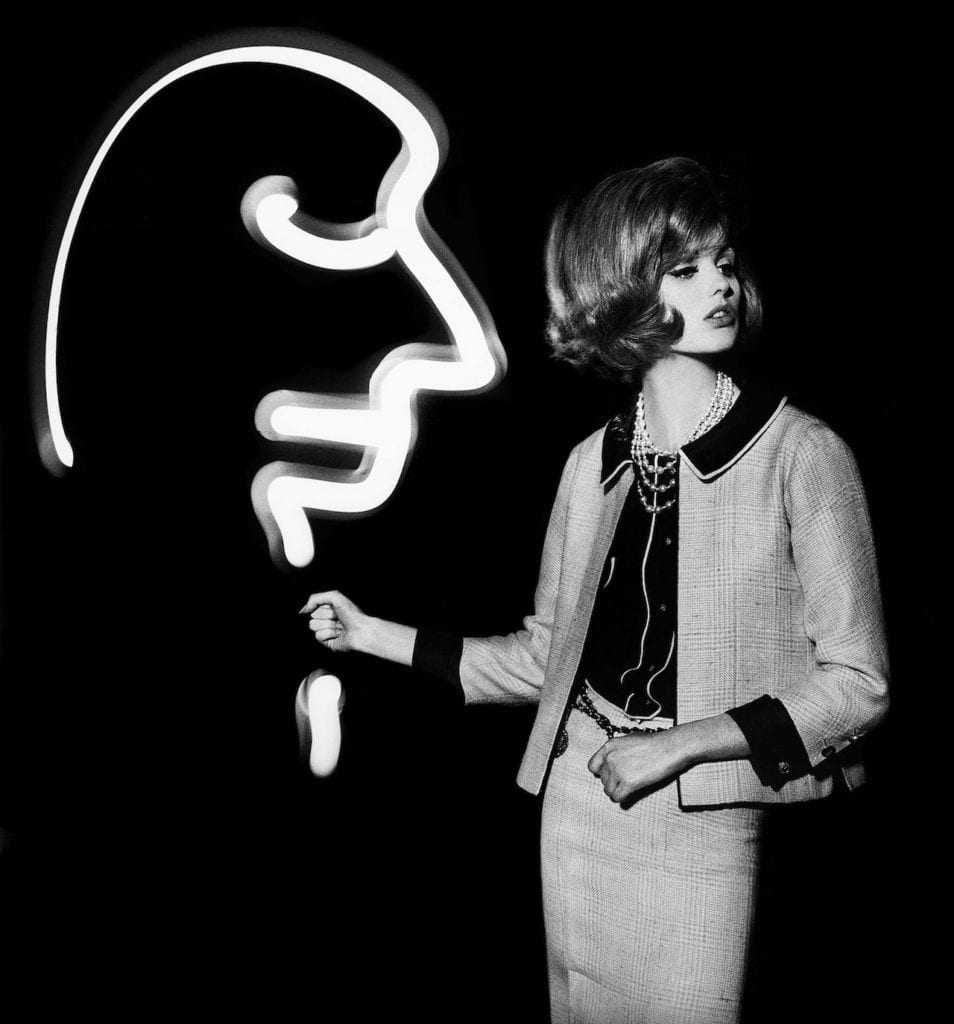Spring is in the air in London and for the first time this year the sun is shining on the courtyard of Somerset House. Michael Benson, one of the two founding directors of Photo London, sits in its centre, drinking a morning coffee and soaking up the rays. He could be forgiven for feeling a little smug but today he seems merely quietly content that later this month the art fair will be back for its third edition, its biggest yet.
“We kept hearing from people that ‘there’s no market for photography in London, there’s no interest’,” says Benson. “These were people in the industry and they should have known better.” In fact, the fair established itself as a key fixture on the international photography calendar and soon this grand old courtyard and the labyrinthine rooms of Somerset House will be filled with gallerists, collectors, artists, curators and exhibitors once again.
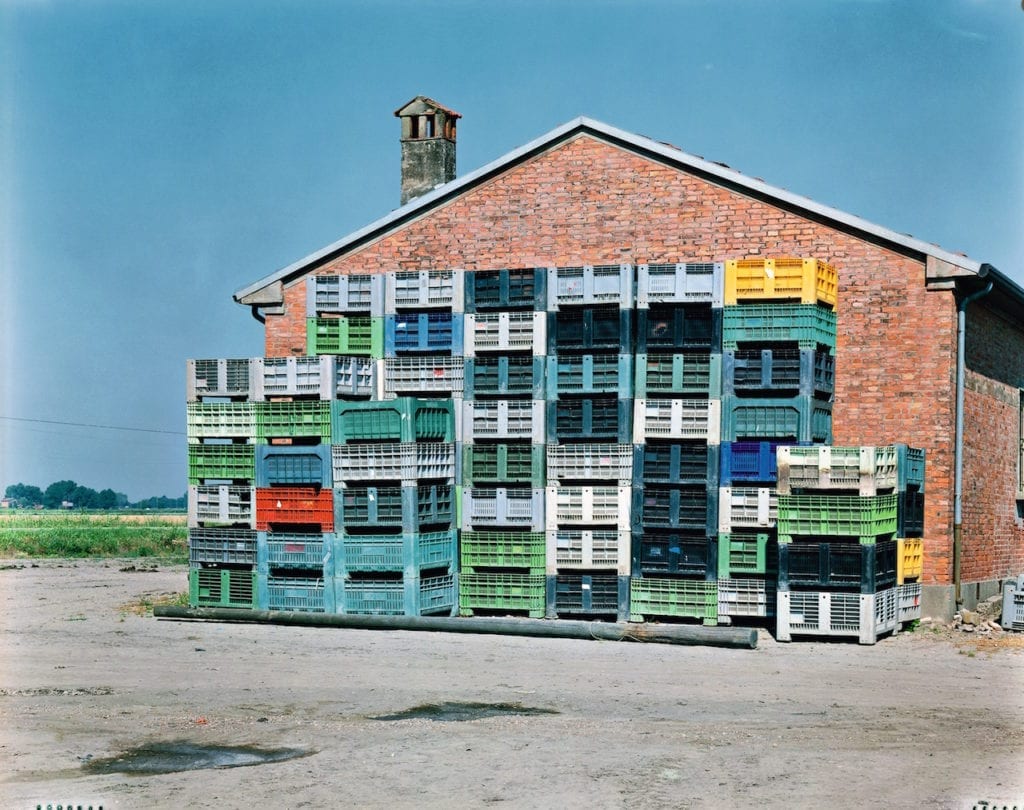
“The industry has a habit of almost talking itself to a standstill,” says Benson. “We had to deal with a lot of scepticism. But I think we’ve had a rather good start.”
That scepticism was not without merit – after all, Photo London had been tried before. A photography fair with the same name, initiated by UK-based dealer Daniel Newburg, ran at the Royal Academy’s Burlington galleries annually for three years between 2004 and 2006 before it was bought by Paris Photo owners, Reed Exhibitions, who closed it after just one failed edition.
But Reed had relocated it to Old Billingsgate on a Bank Holiday weekend – it’s fair to say the events organiser misjudged the date and location – while the mood of confidence from the first edition had been dimmed by the absence of North American galleries, some of which complained they had been burnt by import and export duties. And the wider consensus at the time was that London simply couldn’t sustain a photography fair without the backing of local institutions, or the kind of grass-roots enthusiasm the medium enjoys in France or Germany.
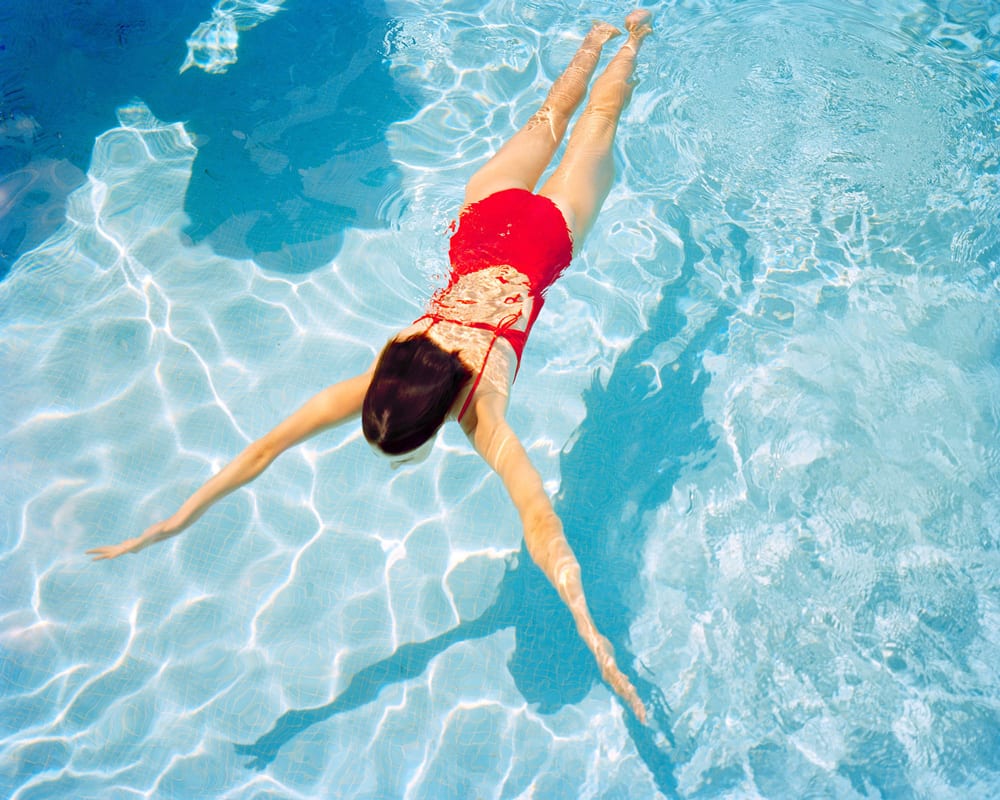
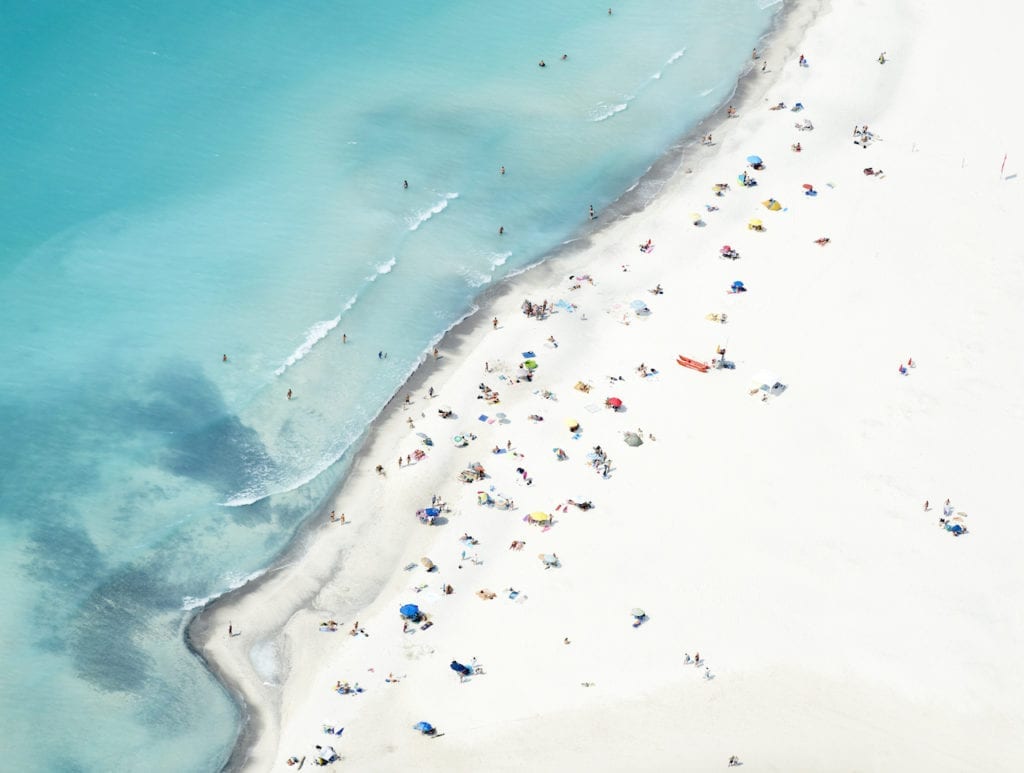
“When we started off trying to persuade people to come, they had some bad memories of being in London from the previous fair,” Benson admits today. “It was a very tough sell. A lot of people had come to London from abroad and discovered that nothing much was happening. I had to act as an evangelist for something that didn’t then exist. But I also had to convince them that, this time, their faith would be repaid.”
Photo London grew out of the founding of Candlestar, which helps corporate clients sponsor major arts projects, and its flagship project the Prix Pictet, which nine years ago brought together a Swiss bank and a major media partner in the Financial Times to create “a global award in photography and sustainability”.
Both institutions are also partners in Photo London and it was through that relationship that Benson met Maja Hoffmann, a Swiss philanthropist with interests spanning the worlds of art, film and photography. She agreed to funnel some of her formidable funds into a London art fair that might one day rival that of Paris. “Our plan was to act as if we’d been around for a long time: as if we were an established part of the cultural fabric of London,” says Benson. “Since then a lot of sceptics have become supporters.”
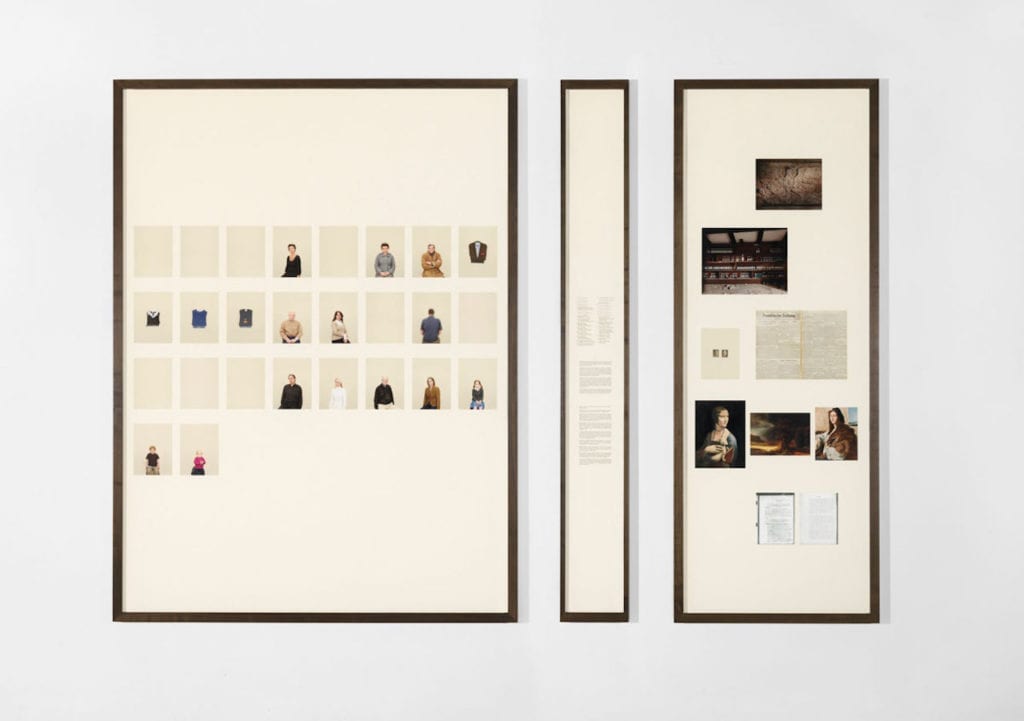
© Taryn Simon, courtesy Gagosian Gallery
The exhibition will “index top image results for given search terms across local engines throughout the world”, Benson says, alongside a display of Simon’s books — spanning from The Innocents, first published 2002, through to Paperwork and the Will of Capital, released last year.
“The first two Masters of Photography – Sebastião Salgado and Don McCullin – are extremely hard acts to follow,” says Fariba Farshad, co-director of Photo London. “So we decided to turn instead to Taryn Simon, an artist who is widely recognised as one of the most important photographers of her generation.
“We’re delighted she has selected Image Atlas for her Masters exhibition,” she continues. “The work pushes the boundaries of what photography can be – and is, therefore, in tune with our thinking about this year’s edition. The work investigates cultural differences and similarities by indexing top image results for given search terms across local engines throughout the world. It is a great example of Taryn’s ground-breaking artistic practice and confirms her as an outstanding, pioneering artist.”
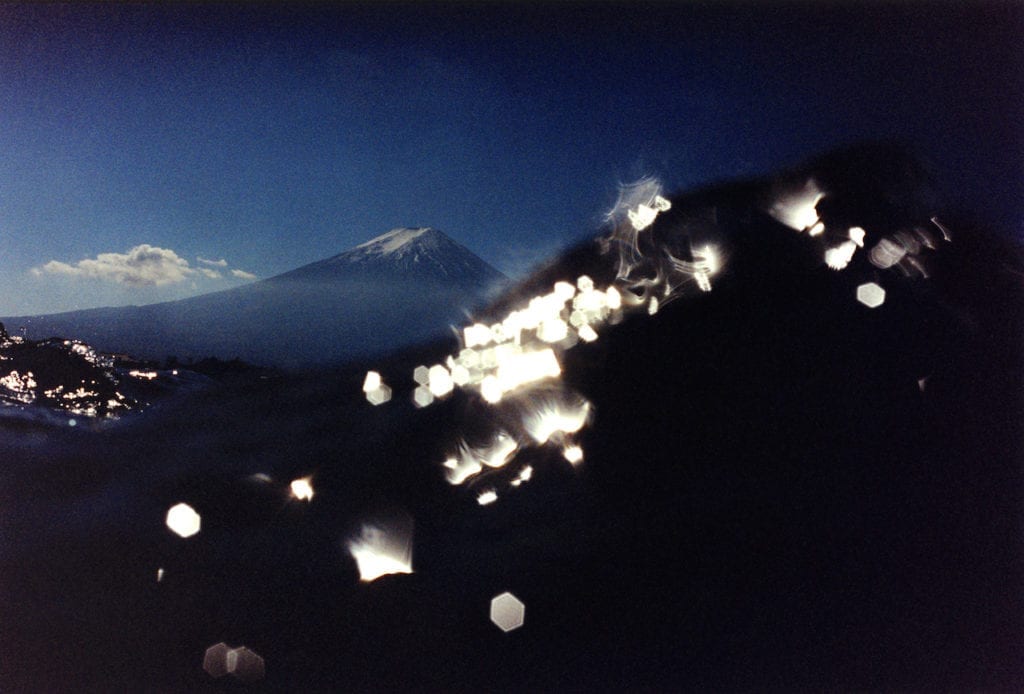
“We want visitors to learn about the latest developments in the market and, in doing so, discover new galleries and artists from around the world. We hope seasoned collectors will find something new, and the Discovery section is a great place to start.”
Photo London also continues to court a younger crowd of fledgling collectors and artists. “Music and dancing events,” in Benson’s words, will take place in the vaults of Somerset House during the fair in an attempt to reach a younger, less monied crowd. “Young people are fascinated by photography,” he says. “They have a very different relationship to it than people of my age and generation.
“There’s an enormous swell of excitement about it and a thirst to understand the history of the medium among younger people. For a long time this has gone unnoticed, or even been dismissed, by certain sections of the photography community. But attracting that demographic is an extremely important part of what we want to do.”
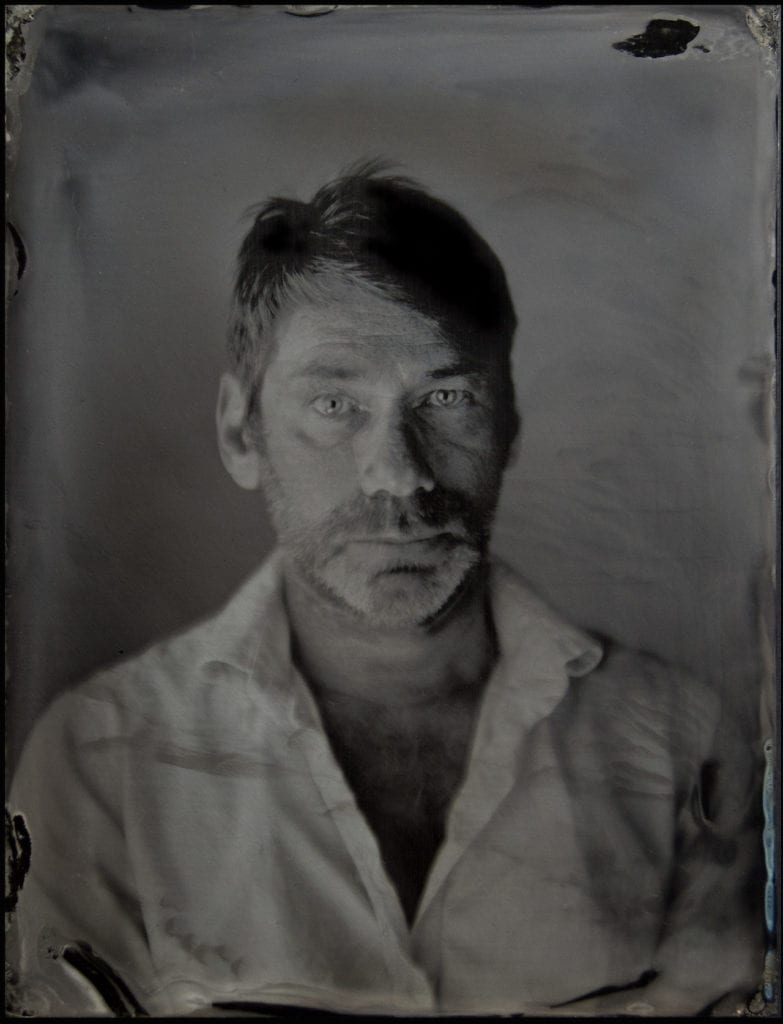
Magnum Photos will be celebrating its 70th anniversary at Photo London, with Martin Parr and David Hurn curating a selection of works the latter has compiled through six decades of swapping prints with fellow photographers. Hurn’s own images will be juxtaposed with shots by Bill Brandt, Bruce Davidson, Sergio Larrain and Diana Markosian, and many more. It all augurs well for another year of growth and a further entrenchment of the fair into the cultural fabric of London. The sun, it seems, will continue to shine on Somerset House.
Photo London is open from 18-21 May at Somerset House, London WC2R 1LA photolondon.org
